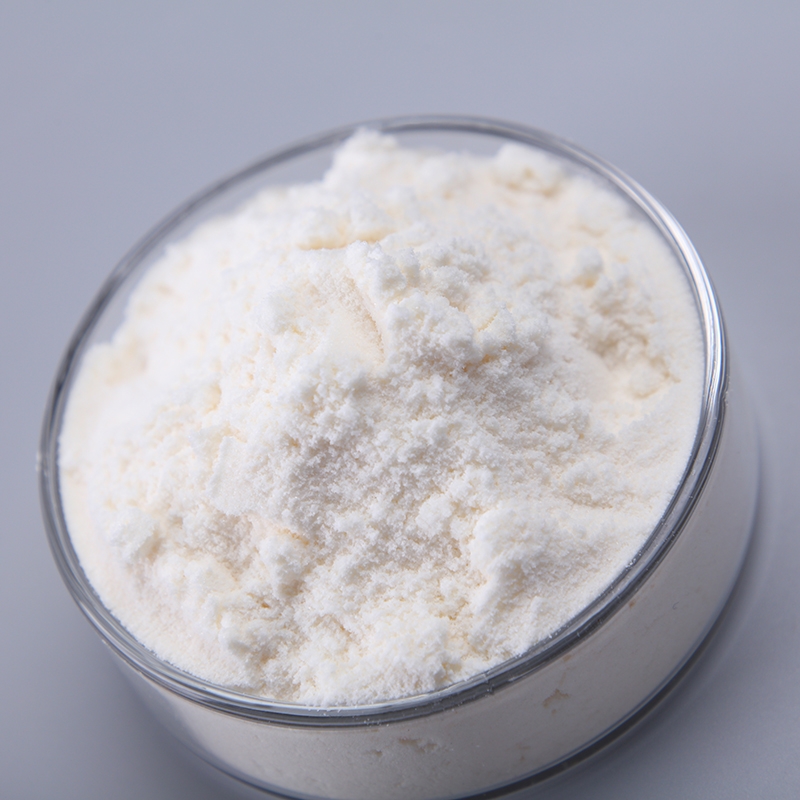-
Categories
-
Pharmaceutical Intermediates
-
Active Pharmaceutical Ingredients
-
Food Additives
- Industrial Coatings
- Agrochemicals
- Dyes and Pigments
- Surfactant
- Flavors and Fragrances
- Chemical Reagents
- Catalyst and Auxiliary
- Natural Products
- Inorganic Chemistry
-
Organic Chemistry
-
Biochemical Engineering
- Analytical Chemistry
-
Cosmetic Ingredient
- Water Treatment Chemical
-
Pharmaceutical Intermediates
Promotion
ECHEMI Mall
Wholesale
Weekly Price
Exhibition
News
-
Trade Service
PD is the second largest neurodegenerative disease in the world, and its main pathological change is the progressive loss of dopaminergic neurons in the dense part of the subura nigra, which leads to the appearance of motor symptoms, such as bradykinesia, resting tremor, etc.
SYNJ1 was first identified in 1994 as a highly conserved brain-specific protein throughout evolution, and it may have been involved in synaptic vesicle endocytosis and recycling
So researchers from France and the United States conducted data mining of gene sequencing results in 460 indexed cases to identify clinical variability
1.
The researchers identified one familial case and two sporadic cases: this familial case carried a homozygous mistaken mutation and a SYNJ1 mutation, but no additional family members could be used to determine the parental stages
Figure 1: Genetic findings
Because the SYNJ1 mutation is rare or absent in public databases and is highly conserved between species, researchers believe this genetic mutation that appears has the potential to be destructive
Figure 2: Schematic diagram of the longer isomer of the SYNJ1 protein, its functional domain, and all relevant mutations that have been identified to date
2.
The report shows that the above-mentioned familial case was a 25-year-old man who developed a systemic tonic-clonic attack after fever at the age of 2 years, treated with sodium valproate and carbamazepine; The patient has normal psychomotor development and starts school at the age of 6; Cognitive decline at age 9 years leads to academic disruption; Patients with dysarthria at the age of 20 years; At 21 years of age, weakness of the muscles of the left arm and a more pronounced distal dystonia posture develops, with a gradual slowdown in lower limb movements, limiting the distance the patient can walk; Distal resting tremor occurs immediately after a few months, which subsequently extends to the contralateral upper extremities; After the appearance of these symptoms, the patient, after taking a low dose of levodopa, the motor symptoms partially improved; Clinical examination at the age of 25 years showed that it was accompanied by intermittent rest and symptoms such as postural tremor of both upper extremities, head tremor and slowing of gait, while excessive drooling, but there was no eye movement or vertebral signs, and the patient's cognitive impairment led to his inability to cognitive, MRI showed normal, EEG EEG showed 5Hz/s slow activity, no epileptic abnormalities
The first sporadic case was a 35-year-old Senegal man who showed extrapyramidal-stiff syndrome at the age of 20; On a neurological examination performed at the age of 35 years, bilateral resting tremor was observed
The second sporadic case is a 61-year-old French woman with no family history of Parkinson's disease; At the age of 39 years, he developed a slow gait, a tremor in the jaw, and subsequently progressed to facial and neck dystonia; Diagnosed with PD at the age of 43; One year later, the patient developed bilateral, asymmetrical, levodopa-responsive extrapyramidal syndrome and moderate dyskinesia, but the CT scan was normal; After 18 years of diagnosis, the patient developed severe dysarthria and mild dysphagia
3.
Overall, the study expanded the mutations and clinical profiles of the SYNJ1 gene associated with early typical/atypical PD and recommended that screening for







